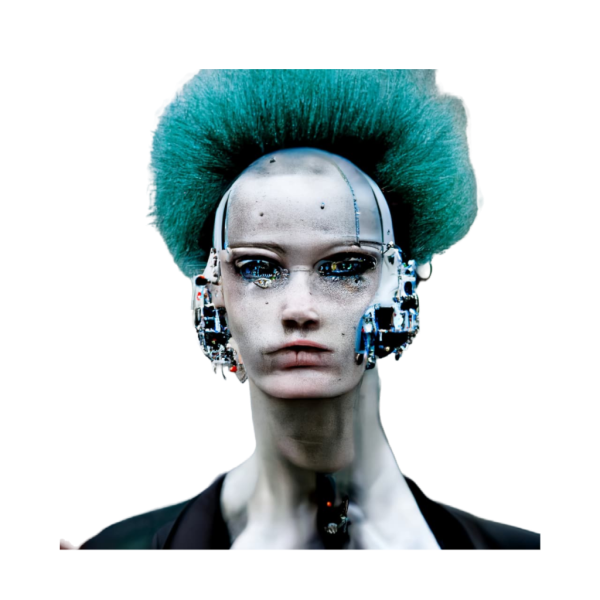
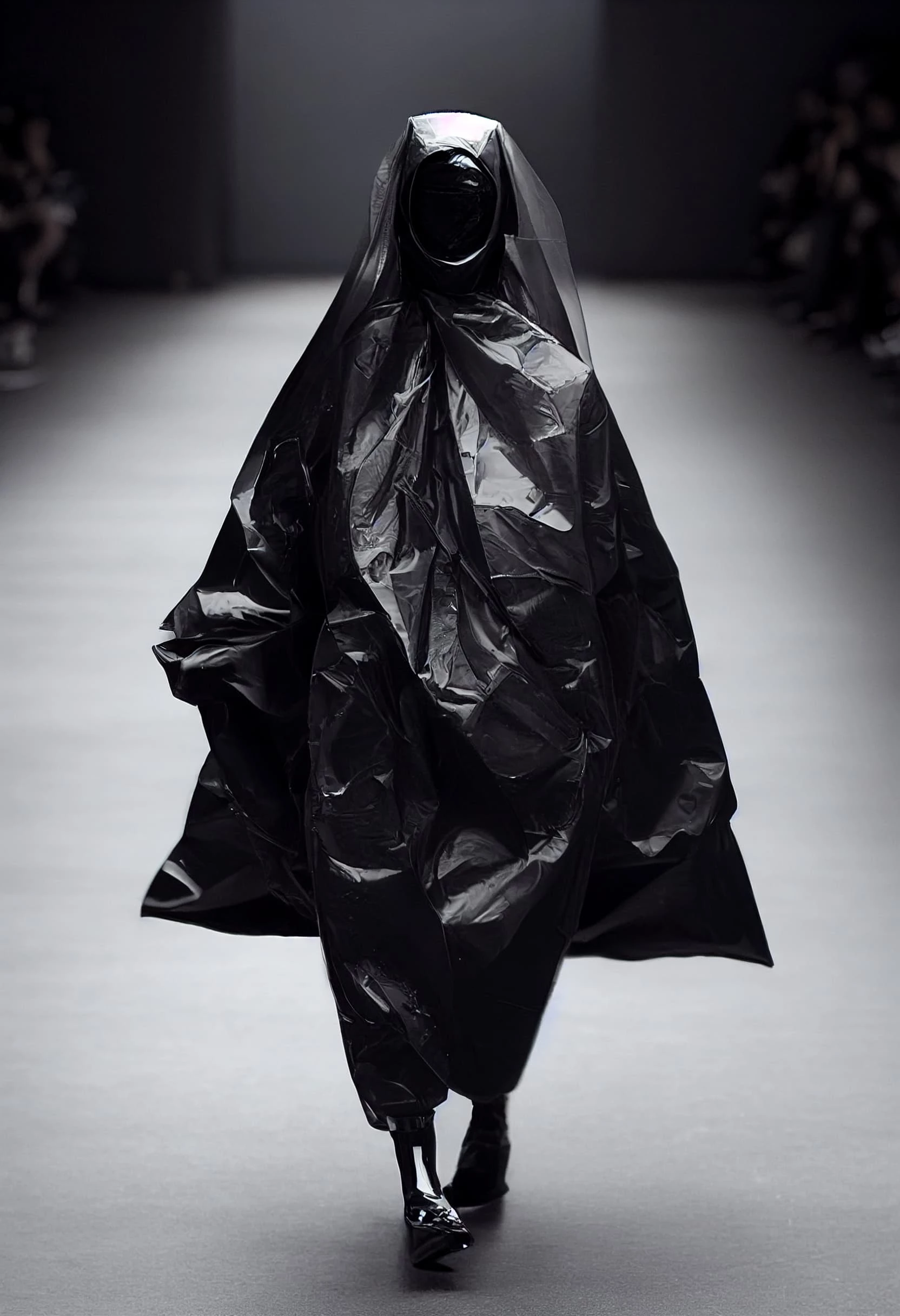
- Date
- 30 SEPTEMBER 2022
- Author
- GLORIA MARIA CAPPELLETTI
- Image by
- CDANDREA/MIDJOURNEY
- Categories
- Fashion
The rise of AI: the next creative frontier
Think of MidJourney as a robot making art, who you speak with on a Discord web community in order to create images using AI. Once you have selected words, you tell MidJourney what you want, it is time to select more words that you want its text-to-image art-making tool to pick up as inspiration for creating your output. The more you use its amazing AI art tools, the easier it gets to talk to its robot. We at RED-EYE believe that artists and designers are crucial in shaping the culture through the application of knowledge, leadership, creative thought, innovation, and AI can be highly inspiring when it comes to open questions, trust empathy with the algorithm and reset aesthetics.
Midjourney is excellent at creating aesthetic moodboards and getting just the right vibes, or unexpected ones, for your scenes. If Midjourney has no idea what you are going for, likely because you are using very vague, very metaphorical words, then it gives you a pretty landscape instead. Generally, with Midjourney Generations, it is about making things simpler and tightening up edges. Someone who has an art director background, or has some art training, will find MidJourneys starting out easier. However everyone can try this powerful tool.
Let us show you a few examples, and you will understand why these algorithms transforms any competent designer into an Art Director, complete with a crew of AIs. Users of these tools now have complete creative control of their inputs, and they can request whatever they can think up, with any style that they desire. As tools get more complex, those prompts become a craft of their own. The process of learning to create those complex prompts, using ones own artistic taste to curate and iterate on results, feels similar to learning any other artistic tool. The following would be AI creating models wearing monochrome nylon dresses by a conceptual designer, walking on a well lit runway. It feels real and somehow inspiring.
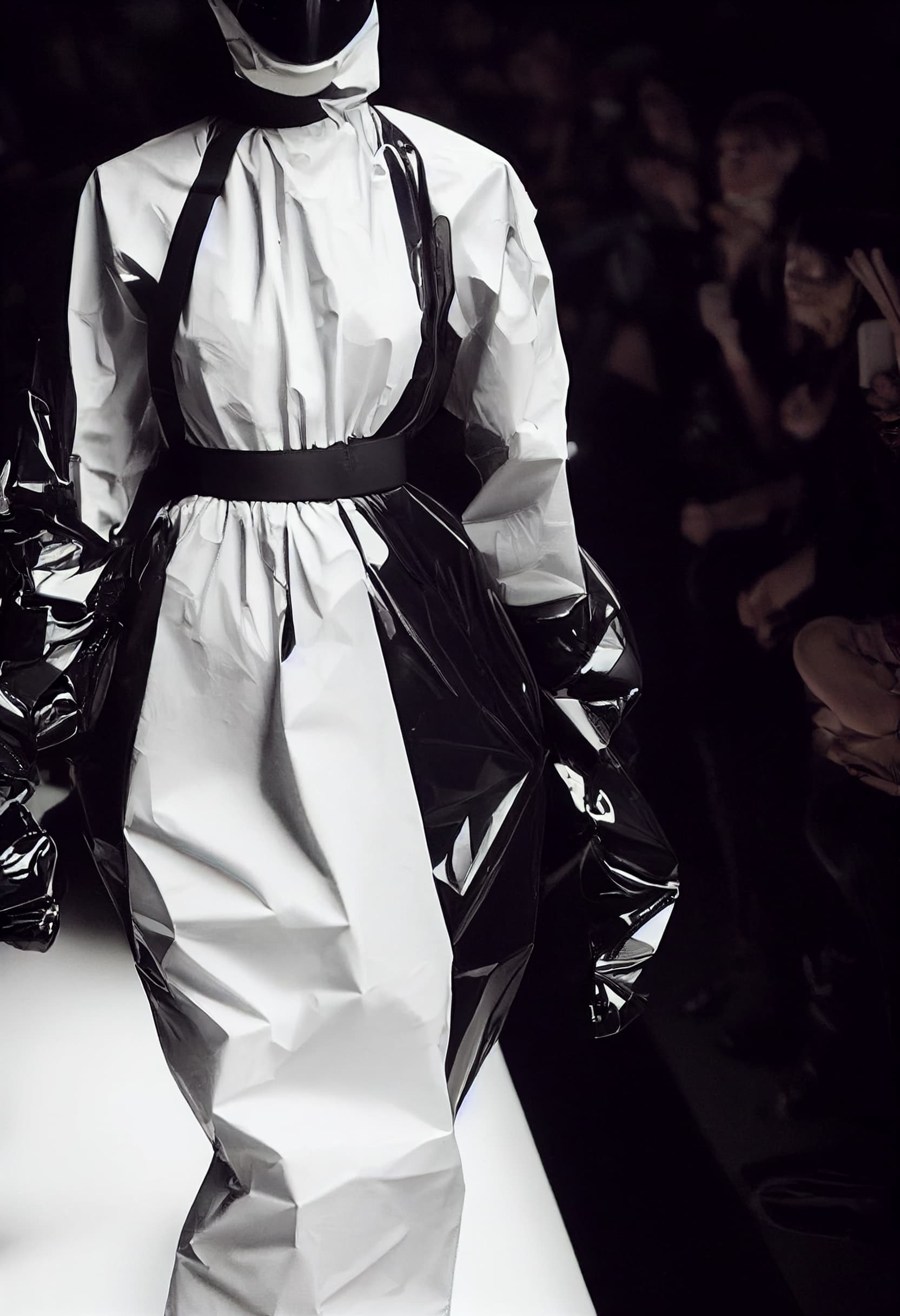
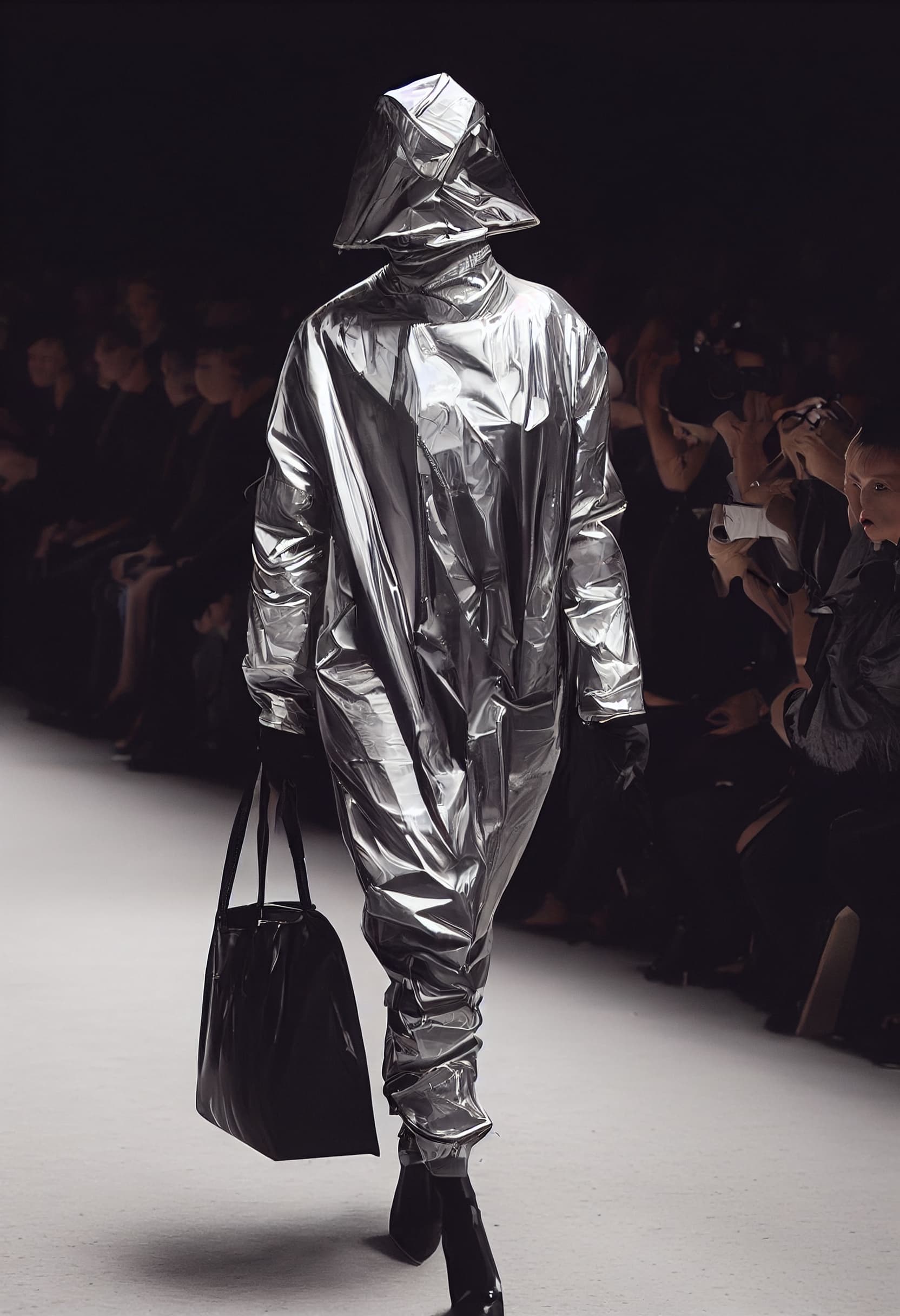
By learning these techniques for designing your own prompts, you can create artwork much more faithful to your own imagination. The next several iterations of your primary tools for creating art will begin to include both the use of the prompts as well as new forms of curation and direction that help facilitate the creation process. We are going to see a new breed of creatives and designers who are mostly focused on driving unanticipated results through the use of text-based prompts. Similarly, AI will--and for some, is--a tool that takes human creativity to new heights, and opens doors that we did not realize were there.
Now the real question is how we, as creators, might harness AI to create a more human future. We are certainly seeing the potential trends already for image-generation tools using AI, which will prove the motivation and creative inspiration to pull off unexpected things, and we can see here we are facing the valuable possibility to decrease time spent on a computer to produce a concept, perhaps to recover hours of labor for exploring and evolving it through the craft of a material, and the associated process of production. AI is now capable to assist with automation of some areas of a designers job, thus increasing efficiency of the design process, and thus cost reduction. Once systems are smarter, and system component generation is automated, it is easier to envision autonomously optimized product experiences, that could make the users journey, or the product stream, more efficient, independent of input from designers.
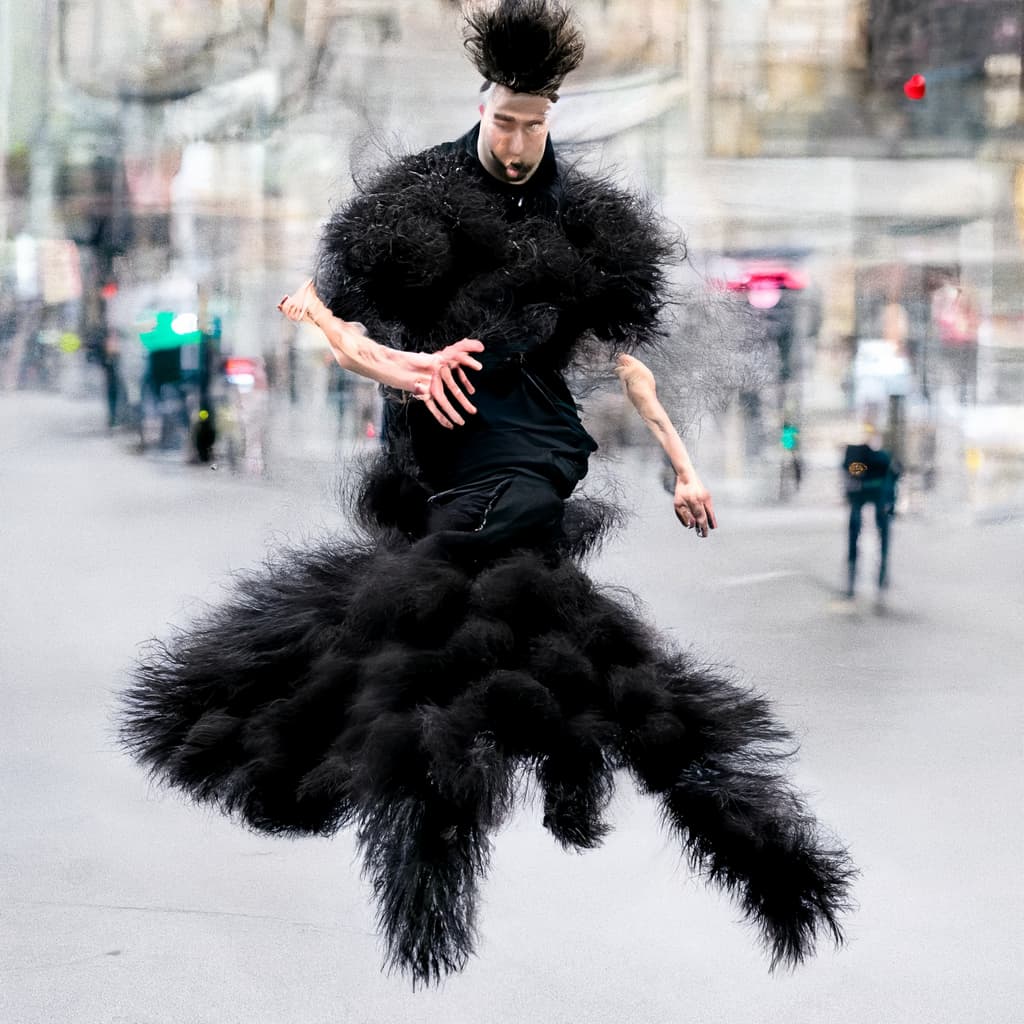
Artificial Intelligence (AI) technologies such as Midjourney, DALLE 2, and Stable Diffusion could assist fashion designers in broadening their creative possibilities, providing a faster concepting/sketching environment. It will be exciting to see how AI influences and elevates their creative work, but we certainly see the start of a more dynamic age of type design via algorithms. The web has been filled lately with images created by artificially intelligent rendering bots like DALL-E and Midjourney DALL-E Midjourney -- and humans (we assume it is humans) using these as tools. It seems that every day, new AI-inspired tools are released that make creating art using tools such as MidJourney bots even easier.
When you see an unusually unique portrait from MidJourney, there is a very good chance the image was created after a very patient user used the tool to generate a lot of different iterations. The addition of MidJourney you can use other algorithms, which may help generate better images at larger sizes, however, developers warn that including this may occasionally lead to a more diverse composition in the output.
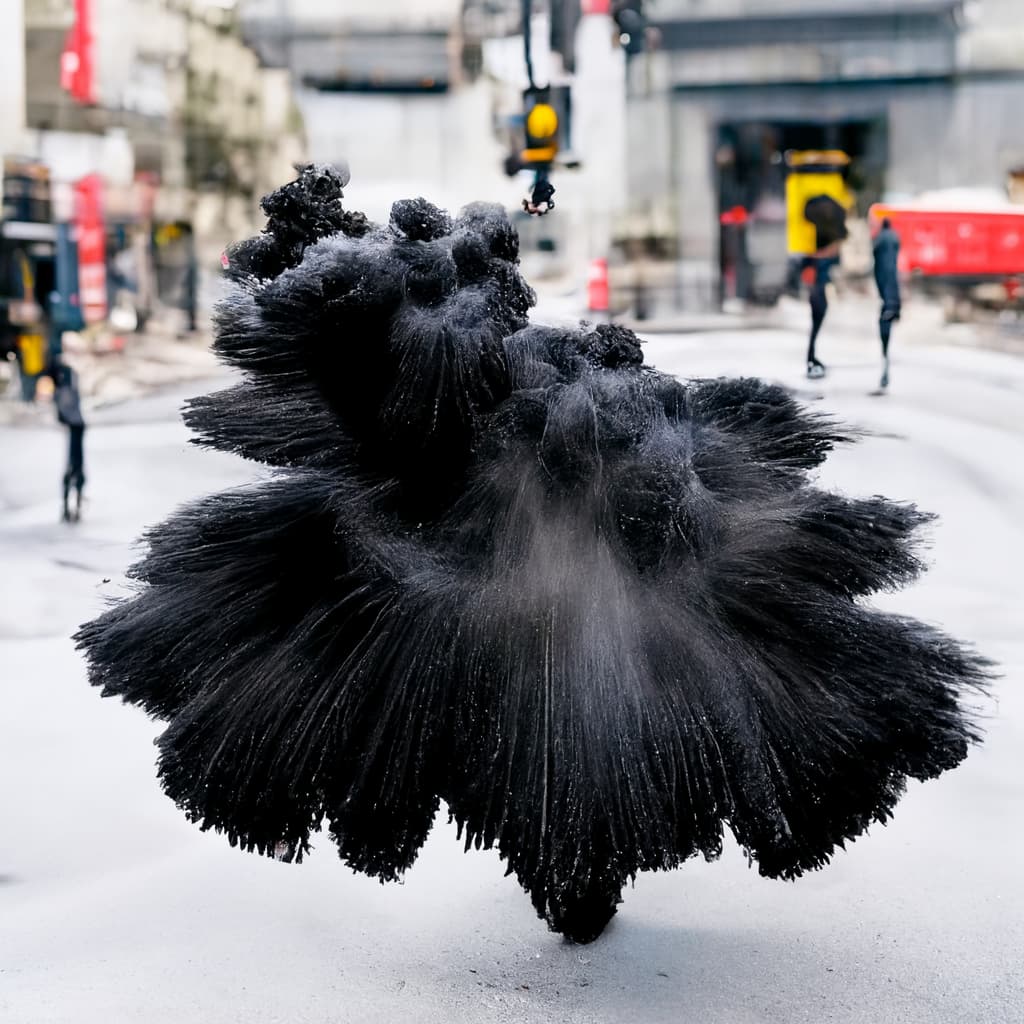
Typography is important, so you cannot simply throw some crap text over top of the AI art, but you could use a book design template or a genre-based design to help. Currently, in most cases, you would need to also do a bit of photoshop work to make images usable; although, in some cases, adding some nice typography on top of the AI-generated art would suffice to create some questioning visuals. MidJourney operates as sort of a collaborative coworking space or a public forum, others could theoretically use your prompts or generated art and then create their own. Which is why some designers are scared about the artificial intelligence tool that generates the art, while some are extremely excited by its magic. The way that we create things (the craft) is going to evolve, perhaps into new dimensions, to the point of no return, and eventually it is going to affect every creative expression and creative form of craftsmanship that exists; Fashion, Product Design, Digital Concept Art, Writing, Filmmaking, Animation, Poetry, Photography, Music, Sound Design, Art Direction, Typography, Architecture, Production, Fine Art, 3D Production.
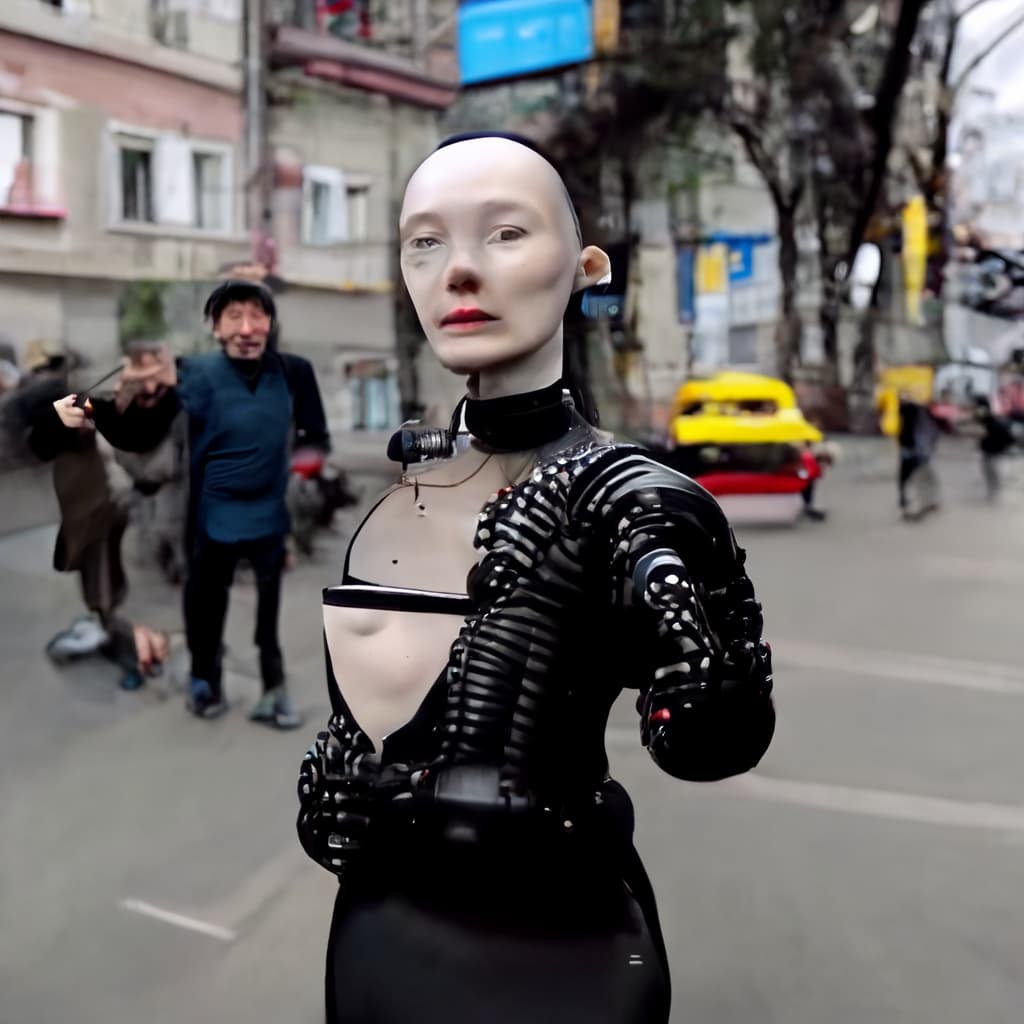
AI-Generated text edited by Gloria Maria Cappelletti, editor in chief, RED-EYE
All images from Stouta/Midjourney, Cdandrea/Midjourney and Wolgan/Midjourney
FOLLOW RED-EYE https://linktr.ee/red.eye.world